Cultivated meat company Fork & Good’s new identity designed to “establish trust”
How Mother Design sought to help the company go mainstream with an identity that references butcher shop signage and a “smiley fork” graphic device.
Mother Design has rebranded cultivated meat start-up Fork & Good, with and expressive “Smiley Fork” logo and a typeface built on “a geometric skeleton”.
The cultivated meat industry emerged from consumers’ desire to make more ethical and sustainable choices but has largely been met with scepticism due to its high price and issues with scalability. Founded by a scientist and a farmer in 2011, Fork & Good is working towards breaking down the barriers which have left the industry in a rut, focussing primarily on ground pork.
Fork & Good’s chief scientific officer and co-founder Gabor Forgacs – who has a background in 3D bioprinting – set out to invent a technology that could change the way meat is produced. When Forgacs met Niya Gupta (the farmer) she was CEO and co-founder of Singapore-based vertical farming start-up ComCrop. The new business partners devised a high-yielding technique based around a “hydroponic system” similar to that which Gupta had used for farming vegetables.
Since then, they have patented their tech, attracted funding from investors and secured partnerships with food companies. Fork & Good’s partners comprise food trucks and fast-food establishments, with offerings such as tacos, dumplings, gyoza, and meatballs as they seek to accelerate growth in the cultivated meat industry by making it more accessible.
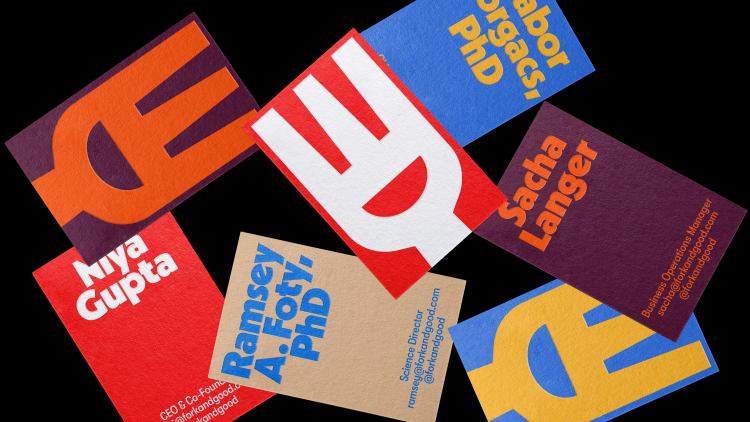
Mother Design head of design Mark Sloan explains that to “overcome stigma”, Fork & Good wanted to be fully “transparent” with its messaging. “There’s going to be a fair amount of education needed in the coming years, and Fork & Good is establishing itself as a trusted voice in this burgeoning industry”, he says.
The most challenging part of the process for Mother Design was “getting the tone right for a brand in an emerging category”, according to Sloan. Working with strategists from FNDR, the studio sought to create an identity that would appeal to an audience unfamiliar with the cultivated meat category, embracing “universality and deliciousness while still conveying knowledgeability and trust”, says Sloan.
The studio’s first step was a slight modification to the name. While it was originally named Fork & Goode, Sloan and the design team favoured the current surname over the “faux surname” approach as he says it helps to “increase memorability and impact”.
Sloan says the new logo takes inspiration from traditional butcher shop signage, employing a “monolinear, painterly quality” with “subtle touches of human quirk” in the letterforms.
On the one hand, the curvature is inspired by window lettering and, on the other, it references the symbol’s smile which become expressive through animation. Fork & Good’s motion design aims to be “approachable and fun”, foregrounding the “optimism of the proposition”, says Sloan.

The cut-out shape of the smile also informs the “bowl” device in its graphic system, which is used to serve up food photography and as a graphic pattern. Sloan describes it as “a unifying graphic device” that represents “the universality inherent to the brand’s DNA”.
Mother Design opted for a modified version of School No. 9 by Yeah Right Type, which takes cues from 20th century building signage. Chosen to emulate the weight and curves of the “Smiley Fork”, the negative space in the characters, particularly the lowercase e, highlights the smile shape found in the logo, wordmark, and the “bowl” graphic device. Sloan adds that the typeface is built on a “geometric skeleton” to further reinforce “universality”.
The colour palette references “a classic meaty combo of red and white”, with secondary hues inspired by specific foods, says Sloan. It comprises bright red, cool dijon, deep aubergine, and other tones.
Fork & Good’s identity has rolled out across its website, packaging, social media channels, new office, lab wall signage and lab coats.


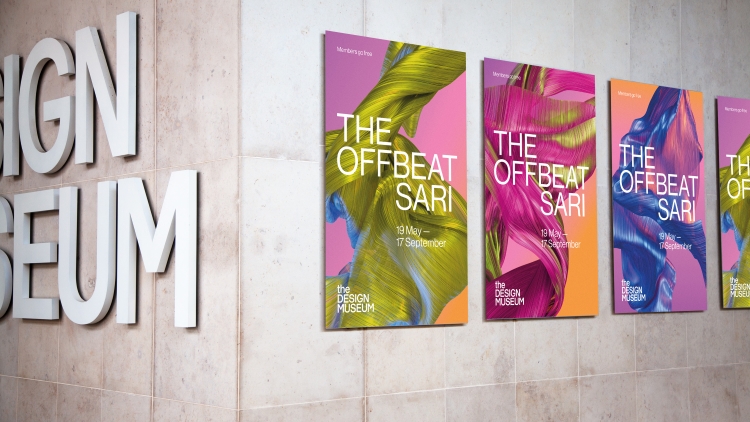
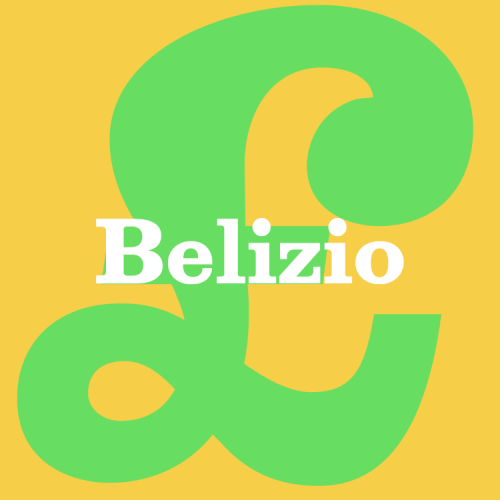
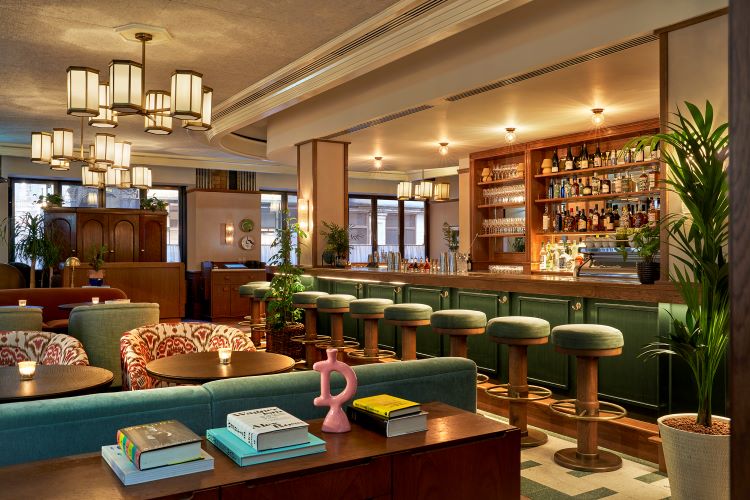


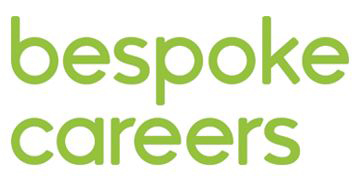
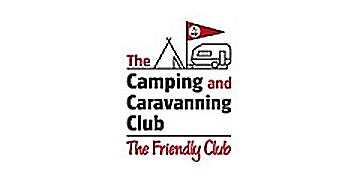
Somehow this article has been published without actually saying what the product is and how it is produced which is at the root of the issues facing the designers who are literally trying to design their way out of a problem concerning acceptance of a relatively new product – which in my humble opinion is potentially controversial. The first thing I did, was look up exactly what the ‘Cultivated meat industry’ is exactly. ‘Meat grown from living cells rather than animals slaughtered’. So far, possibly sounds ethical but there is a difficulty in gaining acceptance in the marketplace and nowhere in the article does it mention that this product has to be promoted as a ‘novel food’ under Regulation (EU) 2015/2283 (as retained in UK law) if it is to be lawfully placed on the UK market. Then there is the subject of emissions. (Quote from source) ‘Cultured meat emissions are made almost entirely of CO2 from energy generation, and because CO2 remains longer in the atmosphere than methane or nitrous oxide emitted by conventional meat production. Hence, they find that in the long term, cultured meat may even generate more climate damage than beef’. There is a lot more information out there than I have quoted but the point I am trying to make, is how does design help make this product acceptable especially where referencing traditional cues such as butchers shop signage when it is nothing of the sort? Would be interested in Design Week’s take on this subject?
I agree, a very odd article.
You won’t get a response from Design Week.